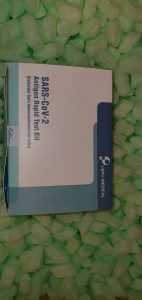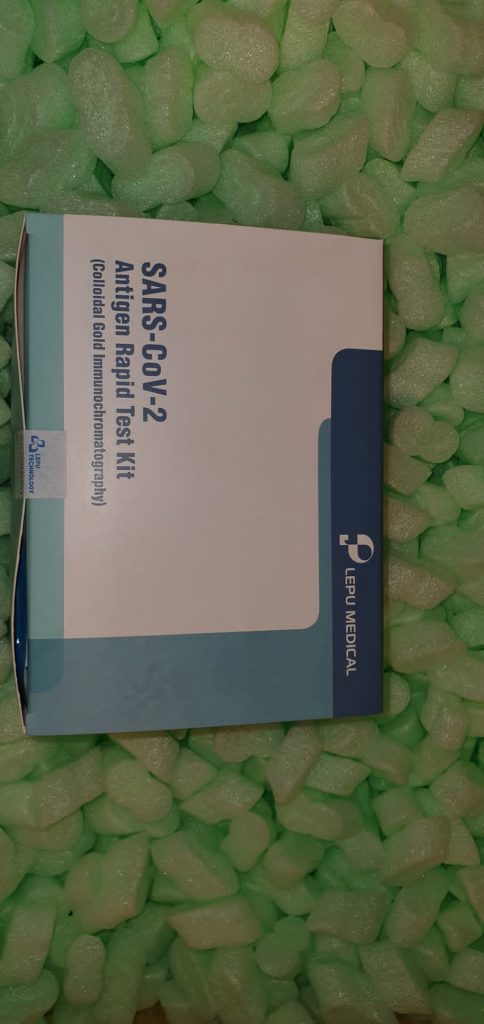Nella popolazione pediatrica, la capacità di esercizio varia tra femmine e maschi e il divario si amplia durante l’adolescenza. Tuttavia, non sono stati riportati cambiamenti specifici basati sull’età e sul sesso negli adolescenti con cardiopatia congenita e palliazione di Fontan. Lo scopo del presente studio è identificare i cambiamenti specifici per età e sesso nella prestazione fisica al picco e nella soglia anaerobica ventilatoria (AT) per gli adolescenti con fisiologia Fontan. Revisione retrospettiva del set di dati di uso pubblico dello studio trasversale Pediatric Heart Network Fontan (Fontan 1). Sono stati effettuati confronti per i parametri di esercizio di picco e AT per femmine e maschi a intervalli di età di 2 anni.
Inoltre, i valori normativi sono stati generati dal sesso e dall’età a intervalli di 2 anni. Il check χ2 è stato utilizzato per il confronto per le variabili categoriali. I cambiamenti nei parametri di esercizio tra i gruppi di età in base al sesso sono stati confrontati dall’ANOVA con un’analisi post-hoc. Il check da sforzo è stato eseguito su 411 pazienti. L’AT è stata raggiunta in 317 soggetti (40% femmine), di cui 166 (43% femmine) hanno raggiunto il picco di esercizio. Il consumo massimo di ossigeno è diminuito del 32% durante l’adolescenza nelle femmine e non ha avuto il tipico aumento durante l’adolescenza per i maschi. Anche il consumo di ossigeno all’AT è diminuito con l’età in entrambi i sessi.
In conclusione, le prestazioni di esercizio basate sull’età e sul sesso per gli adolescenti con fisiologia Fontan sono prevedibilmente basse, ma ci sono ulteriori diminuzioni significative durante l’adolescenza per questa popolazione, specialmente nelle femmine. Abbiamo stabilito valori di esercizio normativi per diversi parametri per questa popolazione che identificheranno meglio i pazienti a rischio e consentiranno un intervento precoce. A una donna di 44 anni con una storia di carenza di fattore V Leiden ed emboli polmonari ricorrenti è stata diagnosticata la malattia da coronavirus 2019 (COVID-19) tre settimane prima si è presentata al suo ED locale con un forte dolore toracico. È stato riscontrato un ampio versamento pericardico emorragico mediante risonanza magnetica cardiaca con segni ecocardiografici di tamponamento. Ha subito la creazione di una finestra pericardica ed è stata trattata con colchicina con miglioramento dei sintomi.
Esercizi e fisiologia della pelle durante le spedizioni della stazione spaziale internazionale
Il primo esperimento pilota fisiologico della pelle (SkinA) su un singolo astronauta ha mostrato un deterioramento della pelle. In un esperimento di follow-up (SkinB) abbiamo dimostrato che i parametri fisiologici della pelle sono migliorati in media. Tuttavia, è noto che gli sport hanno effetti positivi sulla pelle, che gli astronauti preferiscono dispositivi sportivi speciali e praticano sport con intensità diversa. Lo scopo di questo studio è stato quello di analizzare le numerous attività sportive degli astronauti SkinB e di scoprire se hanno un’influenza sui parametri fisiologici della pelle
: La distanza cumulativa percorsa sul tapis roulant e sul cicloergometro nonché la ripetizione di Sono stati calcolati esercizi relativi alle braccia e analizzata la possibile correlazione tra attività sportive e parametri fisiologici della pelle. La distanza media percorsa per tutti e sei gli astronauti al giorno è di 1364 UA sul tapis roulant T2 e di 11.077 UA sul cicloergometro CEVIS. Inoltre, gli astronauti hanno eseguito una media di circa 73 ripetizioni di tutti gli esercizi relativi al braccio al giorno.
Qui, siamo stati in grado di mostrare molto bene quanto differissero gli astronauti sul treno ISS. Inoltre, negli astronauti si può osservare una tendenza alla diminuzione del quantity della pelle con l’aumento dell’attività sulla bicicletta e più ripetizioni sugli esercizi relativi alle braccia. L’aumento dell’attività sul cicloergometro e l’aumento degli esercizi relativi al braccio hanno un impatto medio negativo sul parametro quantity della pelle e quindi riflette il contenuto più fluido nella pelle. Non è stata trovata alcuna correlazione tra le attività sportive e l’idratazione della pelle / funzione di barriera cutanea.

Recettori nucleari che collegano la fisiologia e le cellule staminali germinali nella drosofila
La nutrizione e la fisiologia materna sono intimamente affiliate al successo riproduttivo in diversi organismi. Nonostante decenni di studi, i meccanismi molecolari che collegano la dieta materna alla produzione e alla qualità degli ovociti rimangono scarsamente definiti. I recettori nucleari (NR) collegano i segnali nutrizionali alle risposte cellulari e sono essenziali per lo sviluppo degli ovociti. Il moscerino della frutta, Drosophila melanogaster, è un eccellente modello geneticamente trattabile per studiare la relazione tra la segnalazione NR e la produzione di ovociti. In questa recensione, esploriamo come i NR nella Drosophila regolano le prime fasi dello sviluppo degli ovociti.
[Linking template=”default” type=”products” search=”Urease ex. Jack Beans for biochemistry” header=”1″ limit=”142″ start=”3″ showCatalogNumber=”true” showSize=”true” showSupplier=”true” showPrice=”true” showDescription=”true” showAdditionalInformation=”true” showImage=”true” showSchemaMarkup=”true” imageWidth=”” imageHeight=””]
Riconosciuto da tempo come mediatore essenziale delle transizioni evolutive, ci concentriamo sui ruoli intrinseci del recettore Ecdysone e del suo ligando, ecdysone, nell’oogenesi. Esaminiamo anche studi recenti che suggeriscono ruoli più ampi per NR come regolatori della fisiologia materna e il loro impatto specifico sulla produzione di ovociti. Proponiamo che gli NR costituiscano la base molecolare di un’ampia rete di sorveglianza fisiologica che collega la dieta materna alla produzione di ovociti. Data la conservazione funzionale tra Drosophila e gli esseri umani, la continua indagine sperimentale sui meccanismi molecolari mediante i quali gli NR promuovono l’oogenesi probabilmente aiuterà la nostra comprensione della fertilità umana.

